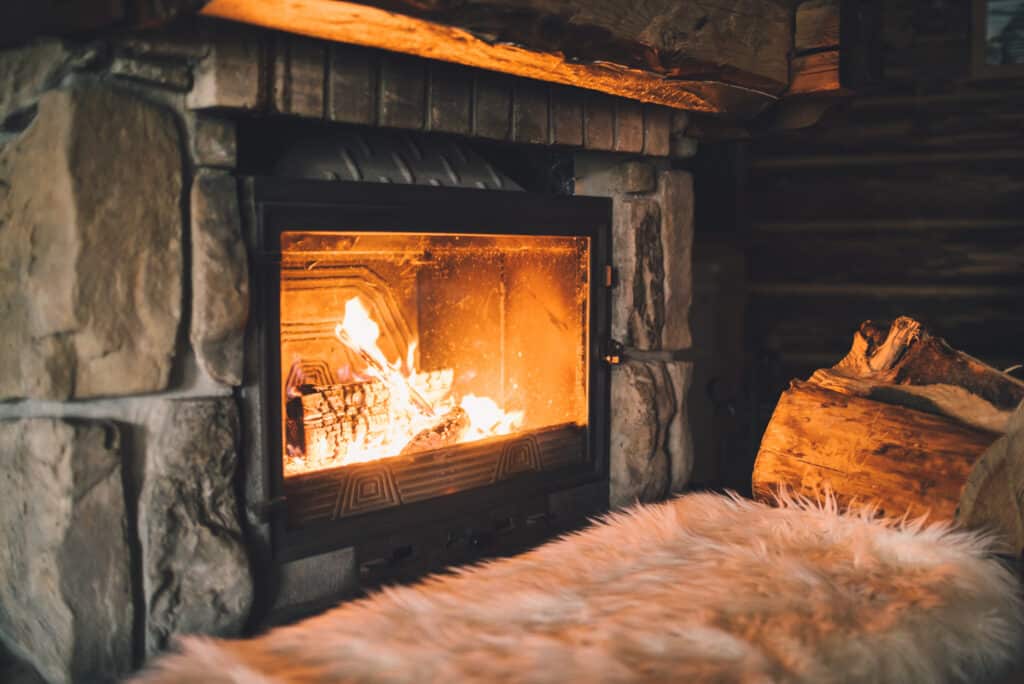As winter blankets our homes in a cozy warmth, many of us turn to the comforting crackle of a fireplace to combat the chill. However, amidst the joy of a roaring fire, there lies a hidden danger that every homeowner should be aware of—carbon monoxide (CO). This colorless, odorless gas can pose a serious threat, making proper chimney maintenance a crucial aspect of winter safety. Join us this month as your local chimney sweep discusses the risks of carbon monoxide along with ways to protect your family.
The Silent Threat of Carbon Monoxide
Carbon monoxide is often referred to as the “silent killer” because it is virtually impossible to detect without proper equipment. It is produced during the incomplete combustion of fossil fuels, and when a fireplace or stove is not functioning correctly, it becomes a potential source of CO emissions.
Understanding the Risks
-
Health Impacts
- Exposure to carbon monoxide can lead to symptoms such as headaches, dizziness, nausea, confusion, and even death in extreme cases.
- Winter is a prime time for CO exposure as homes are sealed tightly to conserve heat, increasing the risk of accumulation.
-
Common Sources
- Chimneys that are not properly maintained can develop blockages or cracks, leading to the release of carbon monoxide into the home.
- Inefficient or poorly ventilated heating appliances, including fireplaces and stoves, can also contribute to CO buildup.
The Importance of Proper Chimney Maintenance
-
Regular Inspections
- Schedule annual chimney inspections by certified professionals to identify and address potential issues.
- Inspections are crucial to detecting blockages, creosote buildup, and any damage that may compromise the integrity of the chimney.
-
Creosote Removal
- The buildup of creosote, a byproduct of burning wood, is a common issue in chimneys. Regular cleaning prevents the accumulation of this flammable substance and reduces the risk of chimney fires and CO emissions.
-
Proper Ventilation
- Ensure that your chimney and heating appliances are properly ventilated to allow for the safe expulsion of combustion byproducts, including carbon monoxide.
Tips for Carbon Monoxide Prevention
-
Install CO Detectors
- Place carbon monoxide detectors in strategic locations throughout your home, particularly near bedrooms.
- Test detectors regularly and replace batteries annually to ensure their functionality.
-
Use Quality Fuel
- Choose high-quality, seasoned firewood to minimize the production of creosote and other combustion byproducts.
-
Professional Chimney Sweeping
- Hire certified chimney sweeps to perform thorough cleaning and maintenance, especially before the winter season.
Seacoast Chimney | Local Chimney Sweep
If you’re in need of chimney repairs or other services this winter season, you can rely on our chimney sweep from Seacoast Chimney to get the job done. For more information on our services, check out our website today or call our team to schedule an appointment!



